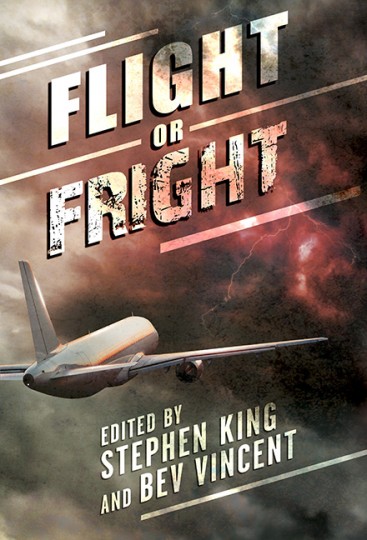 I have to write a Storytellers Unplugged essay this weekend, but I have absolutely no idea what to write about. Maybe something will come to me. I hope so.
I have to write a Storytellers Unplugged essay this weekend, but I have absolutely no idea what to write about. Maybe something will come to me. I hope so.
I received a pdf review copy of Archie Meets Nero Wolfe: A Prequel to Rex Stout’s Nero Wolfe Mysteries by Robert Goldsborough from the publisher, so I put The Twelve aside for a couple of days, thinking correctly that it would be a quick read. Goldsborough has written a number of authorized Nero Wolfe novels, but it’s been nearly 20 years since the most recent. He hasn’t lost his touch for the series. The characters ring true. The secondary characters, like Saul Panzer and Fred Durkin, were always paper thin, anyway, so that’s easy. Wolfe is the ultimate formulaic character. You can describe him as the sum of a series of character attributes: he never leaves his house (unless it suits the plot). He never misses his two two-hour sessions tending the orchids in his green house (ditto). He drinks beer. He’s massive. He doesn’t suffer fools, gladly or otherwise. When he’s thinking, he shuts out the world and purses his lips in and out. Et cetera. So it’s fairly easy to replicate him, too. It’s Archie Goodwin who is the heart of the series. He’s lively and three-dimensional. Goldsborough captures that. Even though he’s only 19 in this prequel, you can feel the man he will develop into in later life.
This book has a section that should appeal to the Downton Abbey crowd, too. One of the difficulties in writing a period novel is having characters do things that are true to the period, and it’s here the Godlsborough misfires every now and then. For example, a character explains to another that you couldn’t tell that a woman was a red-head from her photograph because it was, of course, black and white. Someone in the depression wouldn’t need to be told that, but a reader in 2012 needs to be reminded, However, there are more elegant ways of doing that without going the “As you know, Jim” route. There are only a few instances of that, but they stand out.
My wife’s out of town, so I’ve been on a The Shield binge. Season 4 was the season of Monica Rawling (Glenn Close). Season 5 was the season of Internal Affairs Lt. Jon Kavanaugh (Forest Whitaker) and his investigation into the strike team, which turns into an increasingly personal vendetta when he can’t get any traction. Vic taunts him, sleeps with his ex-wife to rub his nose in it, and the season ends with explosive developments. Walton Goggins shines, especially in the season finale. For some reason, there are only 11 episodes in Season 5 and 10 in Season 6. I was intrigued to see that the Kavanaugh story continued into Season 6, and glad to see it wrapped up fairly quickly. Now the tension is on Vic’s need to wrap up Lem’s murder off the books and keep himself from being forcibly retired with partial pension.
It would be fascinating to see how Vic became who he is. He’s not exactly a sociopath, but almost. He has intense feelings, but he’s also completely lacking a moral compass. The “Co-pilot” episode shows how he felt forced to produce results with the new strike team, so he strong-armed the others into taking shortcuts to close cases, but he didn’t agonize over that decision much. The same thing happened to Army when he was partnered with Shane. He was corrupted not so much by temptation but by the pressure applied by his partner. It’s a bit strange that Kavanaugh didn’t pursue Army once he spoke to Antwon Mitchell, but that may have been a simple expediency. This series is every bit as amazing as people suggested it was. I have no idea why I was oblivious to it when it aired, but I’m glad I knew nothing about it going into this marathon.

